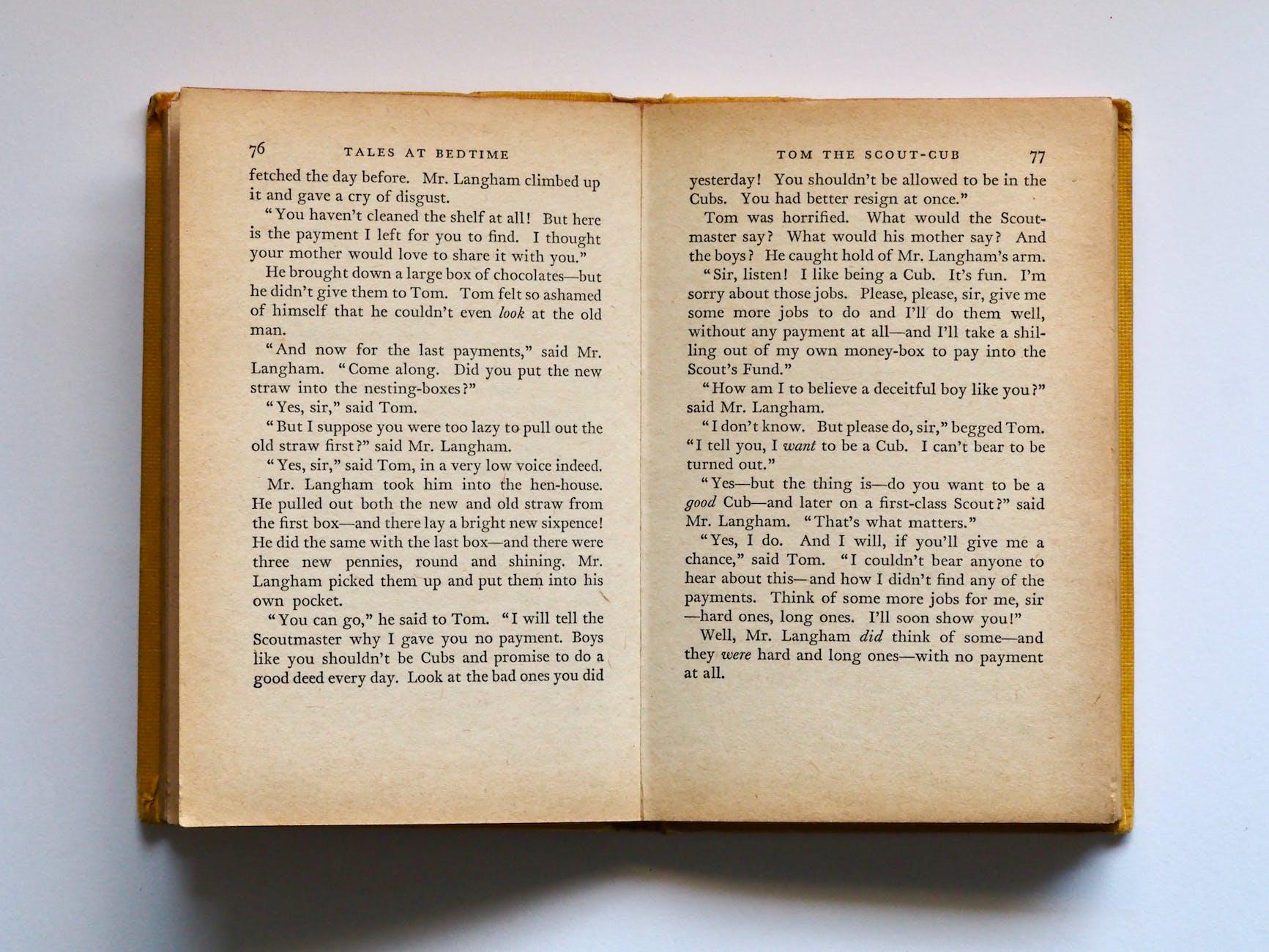Confluent Press Services
From editing to page layout to book covers, Confluent Press is here to help make your book a reality

Editing
Give your book that professional touch with thorough editing.

Layout and Design
Whether in print or ebook, your book deserves a great page design.

Book Covers
Your cover is the first thing that a reader sees. Give your best first impression with a cover that will draw readers in.
Editing
Editing is a crucial stage in the writing process that involves refining and improving the clarity, coherence, and overall quality of a written piece. There are several types of editing, each focusing on different aspects of the text:
- Developmental Editing: This type of editing involves shaping the overall structure and content of a manuscript. It focuses on the organization of ideas, plot development (for fiction), argumentation (for non-fiction), character development, pacing, and ensuring consistency throughout the work.
- Substantive Editing: Also known as structural editing, substantive editing addresses the substantive elements of a manuscript. It involves clarifying or rephrasing complex or unclear passages, addressing inconsistencies, suggesting additions or deletions to improve flow, and ensuring that the content aligns with the intended audience and purpose of the piece.
- Copy Editing: Copy editing focuses on improving the readability, style, and consistency of a manuscript at the sentence and paragraph level. This includes correcting grammar, punctuation, spelling errors, and ensuring adherence to style guides (such as APA, MLA, Chicago Manual of Style). Copy editors also check for consistency in formatting, capitalization, and usage of terms or phrases throughout the document.
- Line Editing: Line editing involves a thorough examination of the language and style used in the manuscript. It aims to enhance the clarity, coherence, and effectiveness of the writing by refining sentence structure, word choice, tone, and overall narrative voice. Line editors often work closely with authors to preserve their unique voice while enhancing the impact of their writing.
- Proofreading: Proofreading is the final stage of editing before publication and focuses on identifying and correcting any remaining errors in grammar, punctuation, spelling, or formatting. Proofreaders also check for typographical errors and ensure consistency in layout, pagination, and other visual elements of the text.
Each type of editing plays a distinct role in improving the quality and effectiveness of a written piece, and a combination of these editing stages is often employed to produce polished and professional writing.
Layout and Design
Book layout, typesetting, and interior design are integral components of creating a visually appealing and reader-friendly book. Here’s a brief description of each:
- Book Layout: Book layout refers to the arrangement of text, images, and other elements on the pages of a book. It involves determining factors such as margins, page size, typography, and the placement of headers, footers, and page numbers. A well-designed layout enhances readability and aesthetics, guiding the reader through the content in a logical and engaging manner.
- Typesetting: Typesetting is the process of setting text in a visually appealing and readable manner. It involves selecting appropriate fonts, font sizes, spacing, and line breaks to ensure clarity and coherence. Typesetters pay attention to factors such as kerning (spacing between characters), leading (spacing between lines), and hyphenation to optimize readability and visual appeal. Typesetting also involves creating hierarchy and emphasis through variations in font styles, sizes, and formatting (e.g., bold, italics).
- Interior Design: Interior design in the context of book publishing encompasses the overall aesthetic and visual elements of the book’s interior. This includes decisions about the use of color, imagery, graphics, and decorative elements to enhance the reading experience and complement the content. Interior designers may also incorporate thematic elements or motifs that reflect the book’s genre, subject matter, or intended audience. Additionally, interior design involves considerations of text and image integration, ensuring that illustrations, diagrams, or other visual elements are integrated seamlessly with the text to support comprehension and engagement.
Overall, book layout, typesetting, and interior design work together to create a cohesive and visually appealing reading experience that complements the content of the book and engages the reader.
Book Covers
Book cover design is a crucial aspect of publishing that involves creating a visually compelling and marketable cover for a book. A well-designed book cover serves multiple purposes:
- Attracting Attention: The cover is often the first thing potential readers notice, so it needs to stand out and grab their attention among other books on the shelf or online.
- Communicating Content and Genre: A good cover design communicates the essence of the book’s content, genre, and tone, giving readers a clear idea of what to expect.
- Creating Brand Identity: For established authors or series, consistent cover design can help create a recognizable brand identity that fosters reader loyalty and trust.
- Generating Interest: A visually appealing cover can generate curiosity and intrigue, prompting readers to pick up the book and learn more about it.
- Conveying Quality: A professionally designed cover signals to readers that the book is of high quality and worth their time and investment.
Book cover design typically involves collaboration between authors, publishers, and graphic designers. It incorporates elements such as typography, imagery, color palette, layout, and overall composition to create a visually striking and effective cover that resonates with the target audience. Ultimately, a well-executed book cover design plays a vital role in the book’s success by enticing readers and compelling them to explore its contents.
